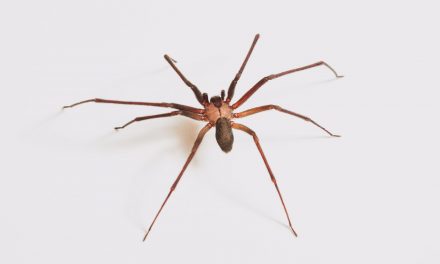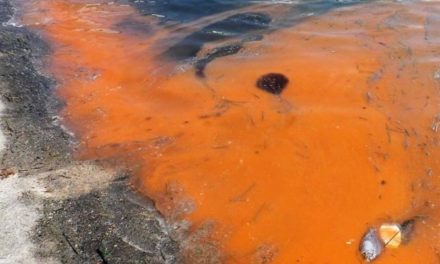In the 70’s Carol Van Strum moved to a house in the Siuslaw National Forest with her four children to live a more simple life. However, the simple life she was looking for wasn’t possible because the Forest Service was spraying her area with an herbicide called 2,4,5-T (she and her children were even directly dumped on while they fished by the river once).1
The chemical, 2,4,5-T, is one of two active ingredients used in Agent Orange (which the military used in Vietnam). It is known to cause cancer, birth defects, and serious harm to animals and the environment. However, even though they knew the damage it did, the Forest Service continued to use it and the other herbicide in Agent Orange, 2,4-D, to kill weeds.
“Immediately after they were sprayed, Van Strum’s children developed nosebleeds, bloody diarrhea, and headaches, and many of their neighbors fell sick, too. Several women who lived in the area had miscarriages shortly after incidents of spraying. Locals described finding animals that had died or had bizarre deformities — ducks with backward-facing feet, birds with misshapen beaks, and blinded elk; cats and dogs that had been exposed began bleeding from their eyes and ears. “2
Although she never set out to become an advocate, when she asked the Forest Service to stop spraying and they wouldn’t, she got together with her neighbors and filed a suit. That suit led to the temporary ban of 2,4,5-T in their area in 1977:
“The lawyer who had taken their case offered a reduced fee in exchange for Van Strum’s unpaid research assistance. And she found she had a knack for poring over and parsing documents and keeping track of huge volumes of information. Van Strum provided guidance to others filing suit over spraying in national forests and helped filed another case that pointed out that the EPA’s registration of 2,4-D and other pesticides was based on fraudulent data from a company called Industrial Bio-Test Laboratories. That case led to a decision, in 1983, to stop all aerial herbicide spraying by the Forest Service.”3
And now, with the advocacy wheels set in motion, her residence became home to more than “100,000 pages of documents obtained through legal discovery in lawsuits against Dow, Monsanto, the Environmental Protection Agency, the U.S. Forest Service, the Air Force, and pulp and paper companies, among others.”4
Though the documents initially sat organized but largely unused, they were collected by the Center for Media and Democracy and the Bioscience Resource Project and are now available to the public via the Poison Papers project.5 According to journalist Peter von Stackelberg, the full library of more than 200,000 pages of information, demonstrates “a 40-year history of deceit and collusion involving the chemical industry and the regulatory agencies that were supposed to be protecting human health and the environment.” note]The Intercept, July 26, 2017.[/note]
To see copies of some of the documents she’s amassed and hear a radio interview from Oregon Public Broadcasting, click here.
In 1977, Van Strum lost all four of her children to a house fire that firefighters suggested was due to arson. While she suspected some of her adversaries might have been to blame, an investigation of the causes of the fire was never completed. 6
She’s spent years and lost much to get justice and we can never repay her for her long suffering service to our children and the environment. We are so thankful that it’s now time for her to rest, while others carry on the charge.












